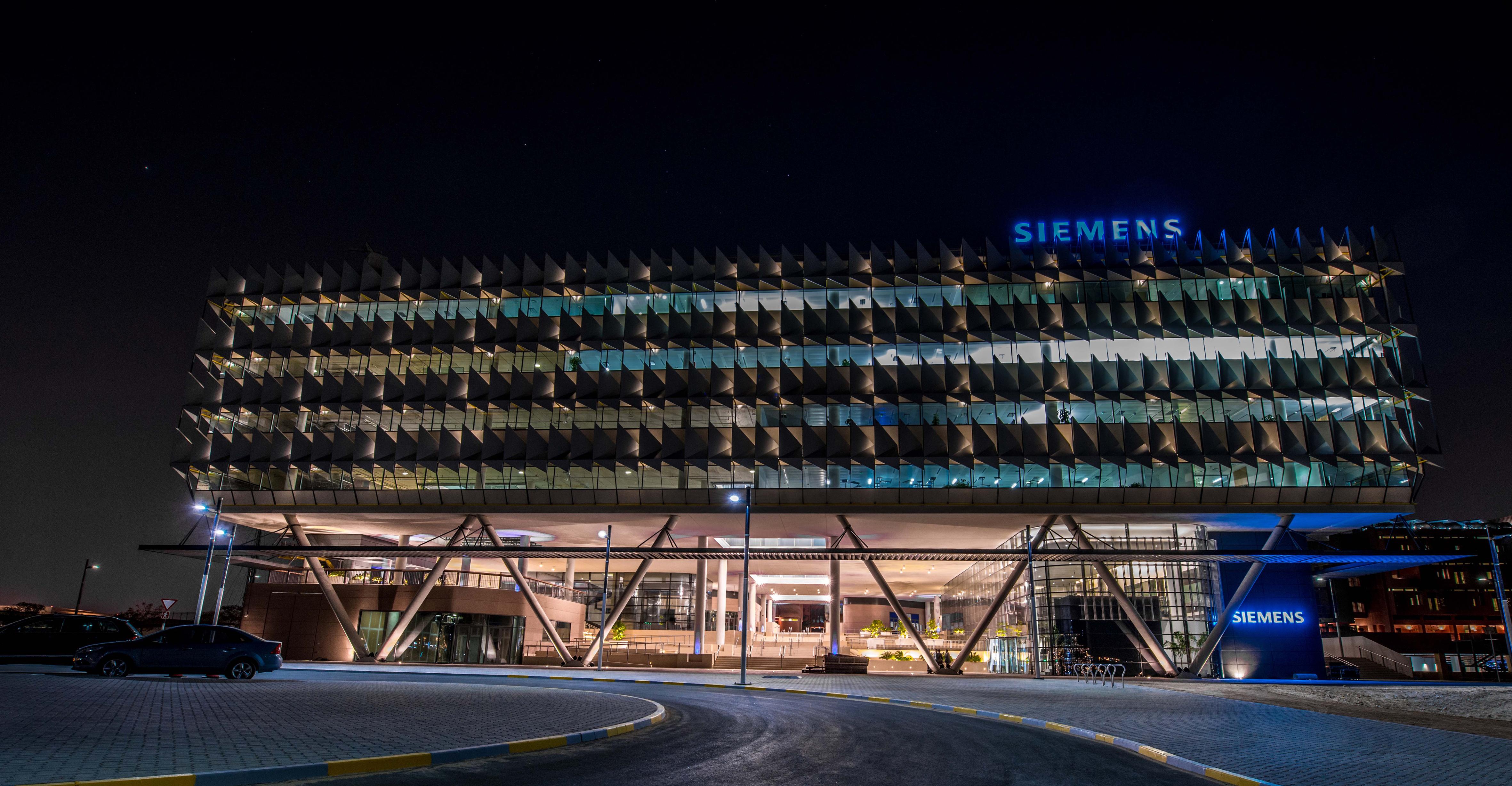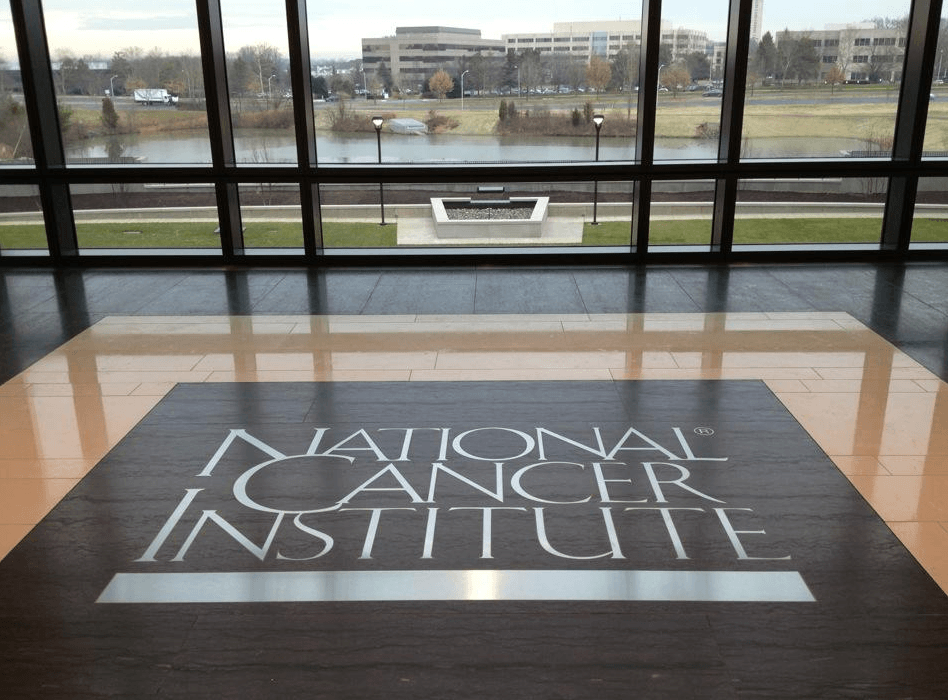 $95 billion company Siemens, the world’s largest Europe-based engineering company, recently revealed that 3D imaging technologies can detect breast cancer and tumors significantly earlier and more efficiently compared to traditional 2D mammography methods.
$95 billion company Siemens, the world’s largest Europe-based engineering company, recently revealed that 3D imaging technologies can detect breast cancer and tumors significantly earlier and more efficiently compared to traditional 2D mammography methods.
Mammography is a particular medical imaging method that is utilized to create an x-ray model of the breast. According to the American Society of Breast Disease (ASBD), global implementation of mammography has decreased mortality of breast cancer and tumor by 50%.
“The widespread implementation of screening mammography has decreased the mortality of breast cancer. The three largest published DBT screening studies demonstrate a 40-50% increase in cancer detection rates,” stated the ASBD.
Over time, various mammography techniques began to be applied by leading healthcare institutions and medical establishments around the world, which substantially reduced the death rates of breast cancer patients.
 Despite the success of 2D mammography, Siemens and other major educational organizations including Lund University in Sweden state that 3D imaging techniques are beginning to revolutionize existing methods of mammography.
Despite the success of 2D mammography, Siemens and other major educational organizations including Lund University in Sweden state that 3D imaging techniques are beginning to revolutionize existing methods of mammography.
The new and emerging mammography method is tomosynthesis, which essentially enables surgeons and researchers to detect cancers that are overlapped by tissues. Tomosynthesis-based screening allows the detection of tumor cells that are left undetected through conventional 2D mammography.
Two-view digital mammography, which still remains as the world’s standard breast cancer and tumor screening method, is extremely inefficient when utilized to discover the existence of breast cancer cells and tumors that are hidden behind tissues. Particularly, researchers at Siemens explain that breast cancer cells are difficult to map out due to the density in breast tissues.
Because of this major limitation of two-view mammography, Lund University radiologist Dr. Sophia Zackrisson, one of the initial investigators and the senior study author the study on of tomosynthesis and 3D imaging-based screening methods, states that tomosynthesis offers a more extensive and detailed screening of the human breast.
“Tomosynthesis is the better mammography method,” stated Zackrisson. “The method offers significant advantages, particularly for screening.”
As ASBD stated in its report, two-view digital mammography decreased the mortality of breast cancer cells by 50% and increased global cancer detection rates by 40~50%. With 3D imaging-based tomosynthesis however, it increases previous detection rates by an additional 43% over conventional mammography, which leads to around a 93% increase in cancer detection rates.
“An interim analysis of 7,500 of the planned 15,000 study participants shows that one-view tomosynthesis detects up to 43% more cancers than two-view mammography, and also reduces radiation exposure. Furthermore, the force needed to compress the breast could also be significantly reduced,” Siemens reported.
More importantly, Dr. Zackrisson’s co-researcher and colleague Dr. Kristina Lång noted that a very limited number of women are willing to participate in 2D mammography due to the pain that emerges during the screening phase. She emphasized that the increase in participation for women patients will highly likely lead to an incomparably high numbers of cancer detection cases.
“For many women, breast compression during the mammogram is very painful. It is therefore possible that tomosynthesis screening would also increase participation,” said Dr. Lång.
Still, the study on tomosynthesis and utilization of 3D imaging techniques is in progress mostly because of other variables that may arise. For instance, the National Cancer Institute recently discovered that 54% of screening mammograms have been cases of overdiagnosis.
Various studies in Scandinavia and the US also found that at least 20% of screen-detected breast cancers turn out to be overdiagnosed.
In most cases, cancers are overdiagnosed when doctors and researchers fail to consider variables such as age, life expectancy and tumor types. Sometimes, tumors discovered by breast mammography screening could be a group of cancer cells fading away after an initial attack.
However, tomosynthesis could aggressively detect these cells and the patient may undergo a health program that could potentially be unnecessary.
The National Cancer Institute warned both women patients and researchers with likely side effects and direct consequences of overdiagnosis and aggressive treatment programs.
“Diagnosis of cancers that would otherwise never have caused symptoms or death in a woman’s lifetime can expose a woman to the immediate risks of therapy (surgical deformity or toxicities from radiation therapy, hormone therapy, or chemotherapy), late sequelae (lymphedema), and late effects of therapeutic radiation (new cancers, scarring, or cardiac toxicity),” states the institute.
Considering these variables, Dar. Zackrisson and her co-researchers believe that there exists a lot of testing and experiments to be completed for tomosynthesis to become commercially available globally. Once it is introduced, it will showcase the potential and applicability of 3D printing and imaging technologies in the medical industry. More importantly, it is expected to increase cancer detection rates by 93%. Discuss in the Breast Cancer Imaging forum at 3DPB.com.
[Source: Siemens / Image Credits: Siemens, National Cancer Institute, University of Lund]Subscribe to Our Email Newsletter
Stay up-to-date on all the latest news from the 3D printing industry and receive information and offers from third party vendors.
You May Also Like
Gorilla Sports GE’s First 3D Printed Titanium Cast
How do you help a gorilla with a broken arm? Sounds like the start of a bad joke a zookeeper might tell, but it’s an actual dilemma recently faced by...
Nylon 3D Printed Parts Made More Functional with Coatings & Colors
Parts 3D printed from polyamide (PA, Nylon) 12 using powder bed fusion (PBF) are a mainstay in the additive manufacturing (AM) industry. While post-finishing processes have improved the porosity of...
$25M to Back Sintavia’s Largest Expansion of Metal 3D Printing Capacity Since 2019
Sintavia, the digital manufacturing company specializing in mission-critical parts for strategic sectors, announced a $25 million investment to increase its production capacity, the largest expansion to its operations since 2019....
Velo3D Initiates Public Offering in a Bid to Strengthen Financial Foundations and Drive Future Growth
Velo3D (NYSE: VLD) has been among a number of publicly traded 3D printing firms that have attempted to weather the current macroeconomic climate. After posting a challenging financial report for 2023,...
































